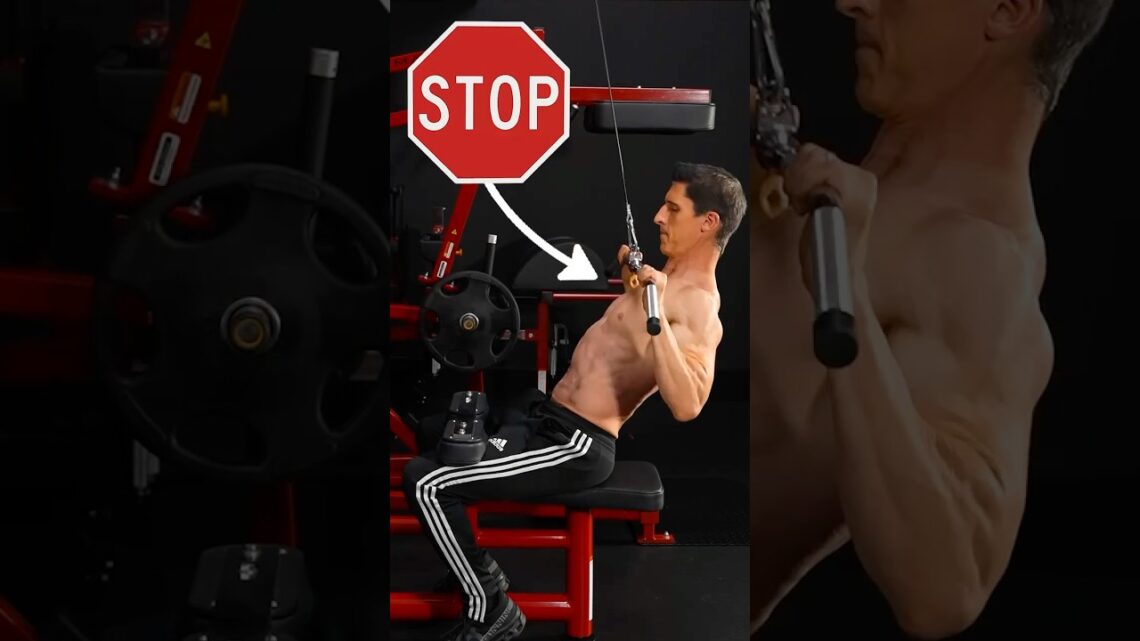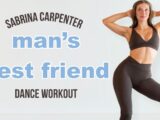
Stop Doing THIS On Lat Pulldowns!
October 11, 2025The Lat Pull Down, possibly one of the best back exercises you can do. It’s also one of the most scalable, but you got to do it right.
Here’s 4 ways to improve yours to make sure that you’re actually training your lats and not just doing pulldowns.
It starts with your grip.
Squeezing too hard makes you pull with your arms and forearms, diminishing your lats in the lift.
Instead, hook your fingers, drop the thumb, and pull with a relaxed hand. Your lats will take control again – instantly.
Next, go narrower.
Taking too wide a grip causes your elbows to drift out, and decrease lat stretch by up to 30% in the process.
Just inside shoulder width is perfect.
This brings your elbows slightly forward and allows you to drive them down tight to your body, almost like you’re trying to put them in your front pockets – a simple visual cue that changes everything.
If you’ve got a short triceps bar, even better. It locks your arms into that path automatically by forcing the narrow grip.
Next – stay upright.
Leaning back turns the pulldown into a row, hitting the upper back, midback, and scapular muscles more than the lats.
Stay tall, keep the chest up, and let the muscles do the work – not momentum.
And finally, slow it down.
Controlling the bar on the way up prolongs the time the lats are in their lengthened position – the exact place that growth occurs most.
Remember… not every pulldown is a lat pulldown, but now yours will be.
And just like that, you’ve got the perfect lat pulldown. If you guys are looking for more of how to do certain exercises, Make sure you click Subscribe and turn on your Notifications so you never miss a video when we put one out.
If you are looking for step-by-step programs that include how-to guides on every exercise you do, you can find them over at athleanx.com
Jeff Cavaliere MSPT, CSCS served as both the head physical therapist and assistant strength coach for the New York Mets. Jeff earned his Masters of Physical Therapy and Bachelor’s of Physioneurobiology from the College of Health Sciences University of Connecticut Storrs. He is a certified Strength and Conditioning Specialist by the National Strength and Conditioning Association (NSCA).




